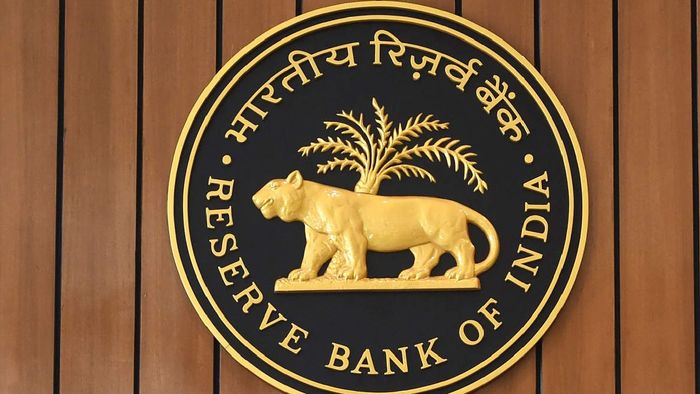RBI maintains repo rate at 6.5 per cent for 10th consecutive time
Reserve Bank of India (RBI) Governor Shaktikanta Das confirmed that the central bank will keep the policy repo rate unchanged at 6.5 per cent for the tenth consecutive session.

- Oct 09, 2024,
- Updated Oct 09, 2024, 11:06 AM IST
Reserve Bank of India (RBI) Governor Shaktikanta Das confirmed that the central bank will keep the policy repo rate unchanged at 6.5 per cent for the tenth consecutive session. The decision came after five of the six MPC members voted in favor of maintaining the rate, signaling a continued focus on inflation management and economic stability.
In addition to holding the repo rate steady, the RBI retained the standing deposit facility (SDF) rate at 6.25%, while both the marginal standing facility (MSF) rate and the bank rate remained unchanged at 6.75%.
Governor Das highlighted a significant shift in the RBI's monetary policy stance, moving from a calibrated tightening to a neutral approach. “The MPC has decided to change the stance of monetary policy to neutral while remaining unambiguously focused on a durable alignment of inflation with the target, alongside supporting growth,” he noted. This neutral stance reflects the central bank’s efforts to manage inflation risks while nurturing economic recovery.
The shift comes as the RBI seeks to strike a balance between controlling inflationary pressures and promoting sustainable economic growth. Amid persistent global uncertainties, such as volatile crude oil prices and geopolitical tensions in West Asia, the central bank's flexible approach aims to address both inflation and growth challenges.
Also read: AFSPA extended in four Assam districts amid concerns over Bangladesh disturbances
The October MPC meeting, which began on the 7th, attracted significant attention as it followed nine prior meetings where the repo rate was held at 6.5%. Key issues under review included ongoing inflationary pressures, particularly in food prices, and the uncertain global economic environment.
Despite signs of easing inflation, with All India Consumer Price Index (CPI) inflation falling to 3.65% in August—within the RBI’s target range of 2-6%—food inflation remains elevated at 5.65%, exceeding the central bank's medium-term target of 4%. Additionally, rising crude oil prices, driven by geopolitical tensions, continue to pose inflationary risks.
Governor Das reiterated the RBI’s commitment to fostering economic recovery while maintaining vigilance on inflation trends. As the country navigates the post-pandemic recovery phase, the central bank's neutral stance is seen as a flexible tool to respond swiftly to inflationary concerns while supporting sustained growth.